The Next Big Trend in Flooring? This Centuries-Old Tiling Style Is Bringing Classic Italian Grandeur Into the Most Exciting Decorating Schemes
You've probably heard of terrazzo before, but have you met the cooler, chunkier iteration? Introducing Palladiana terrazzo

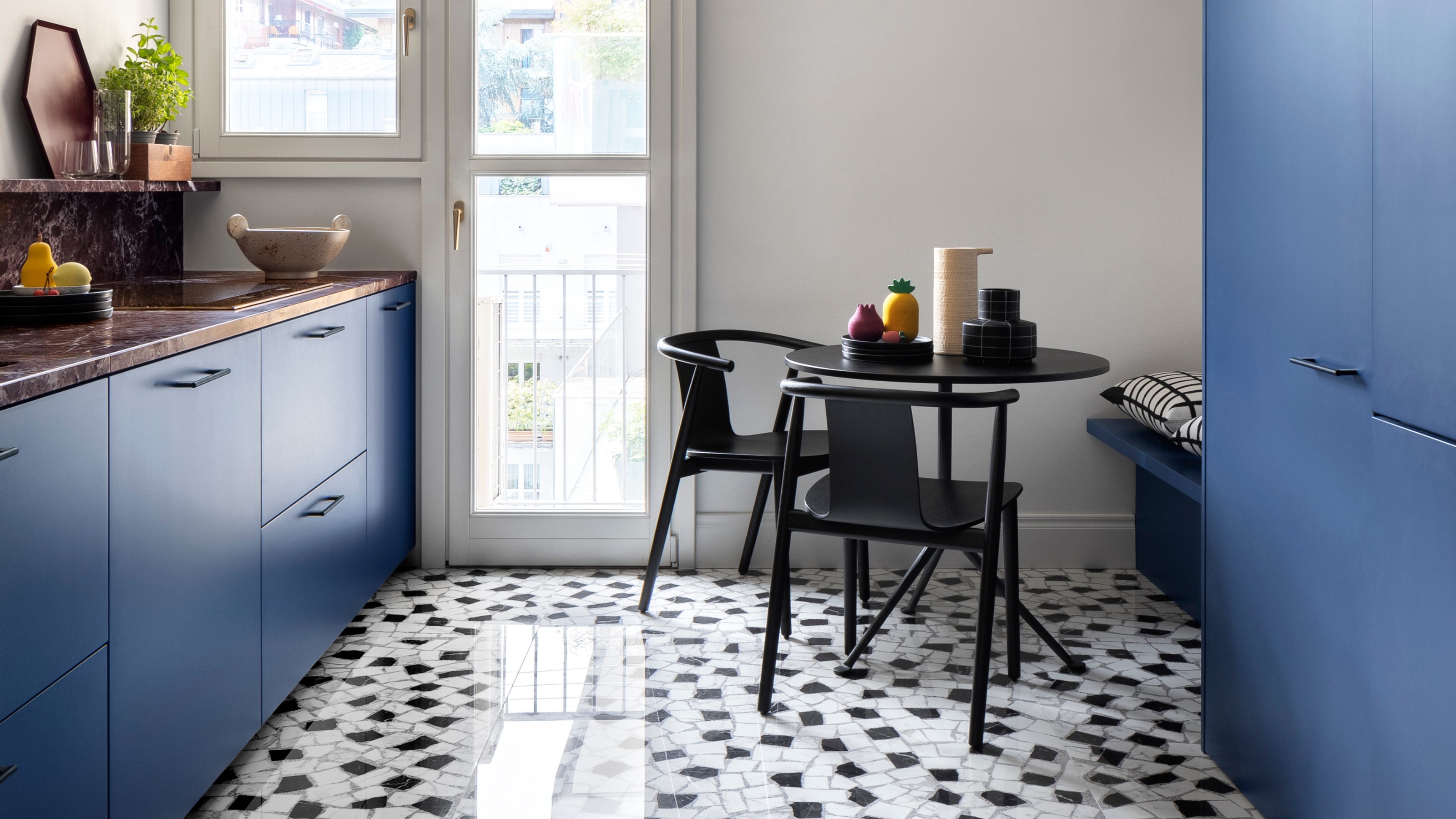
Who knew that flooring — an integral part of any interior design, and often the starting point in a space — could have so many different styles? It's not often thought of as a statement, but I've recently discovered a new mosaic-like method that's about to soar to the top of every maximalist's wish list. Meet Palladiana terrazzo.
Recently, while researching what terrazzo is, I came across this beautiful, bespoke iteration that felt like an even more eye-catching alternative to the stone composite flooring style. Although similar in style, Palladiana terrazzo features bigger slabs of stone, and feels like a hyper-curated version of 'crazy paving', designed for indoors.
Typically finished in high-gloss, the centuries old technique still feels completely contemporary. To discover more about this stone flooring idea, I spoke with interior designers and tile experts, below.
What is Palladiana Terrazzo?
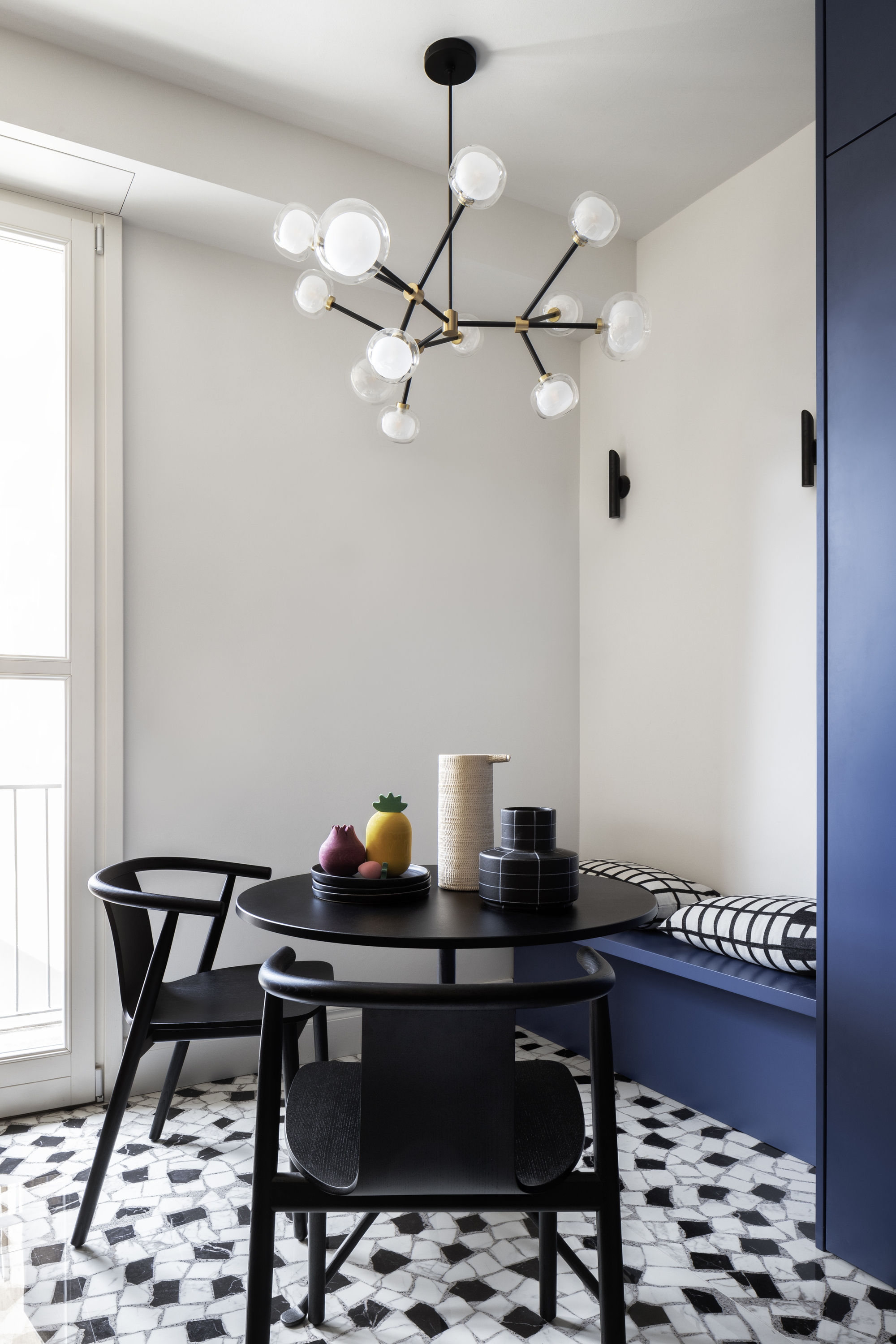
So, what is Palladiana terrazzo? "Palladiana is a type of terrazzo flooring technique made with large, irregularly shaped marble pieces," explains Milan-based interior designer and founder of Kick Office, Mario Abruzzese. "The spaces between the stones are usually filled with cement (which is sometimes a smaller terrazzo aggregate or mixed with colored pigment) before refining the floor by smoothing and polishing it."
Its origins can be traced back to the Roman Empire, "when irregular stones were used to create internal and outdoor flooring with a technique called Opus Incertum," he adds.
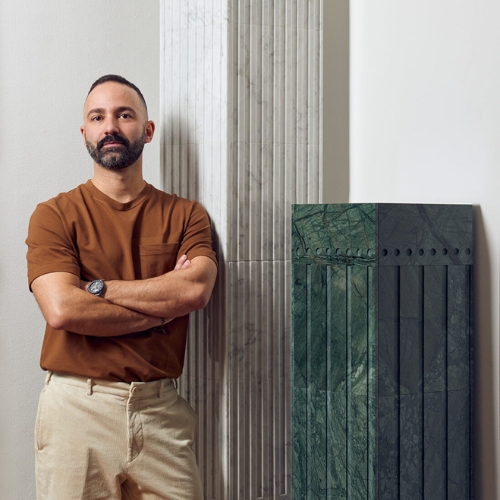
Mario Abruzzese studied architecture at the Politecnico di Milano and Aalborg University in Denmark. Since 2013, Mario has taught at both the Interior Design Faculty of Politecnico di Milano and as the Project Leader in the ‘Master in Interior & Living Design’ at Domus Academy. Now, he is the proud founder of Milan-based interior design studio, Kick Office.
But the artisanal, highly-refined style of Palladiana terrazzo we know today can be partially attributed to Italian Renaissance architect Andrea Palladio, who "contributed to the diffusion and valorization of this type of flooring, leading to greater refinement and care in its installation," continues Mario. "The use of Palladiana flooring was very widespread in Italian interiors between the 50s and 60s of XIX century."
In its application, each piece of stone is individually placed, almost like a giant jigsaw puzzle, which creates the most stunning, mosaic-like finish. "It's a very skillful process, very-time consuming and labor-intensive, but the result is incredibly striking and completely unique to every installation," explains Damla Turgut, founder and creative director of UK-based artisan tile and design company, Otto.
The Livingetc newsletters are your inside source for what’s shaping interiors now - and what’s next. Discover trend forecasts, smart style ideas, and curated shopping inspiration that brings design to life. Subscribe today and stay ahead of the curve.
Why Choose Palladiana Terrazzo?
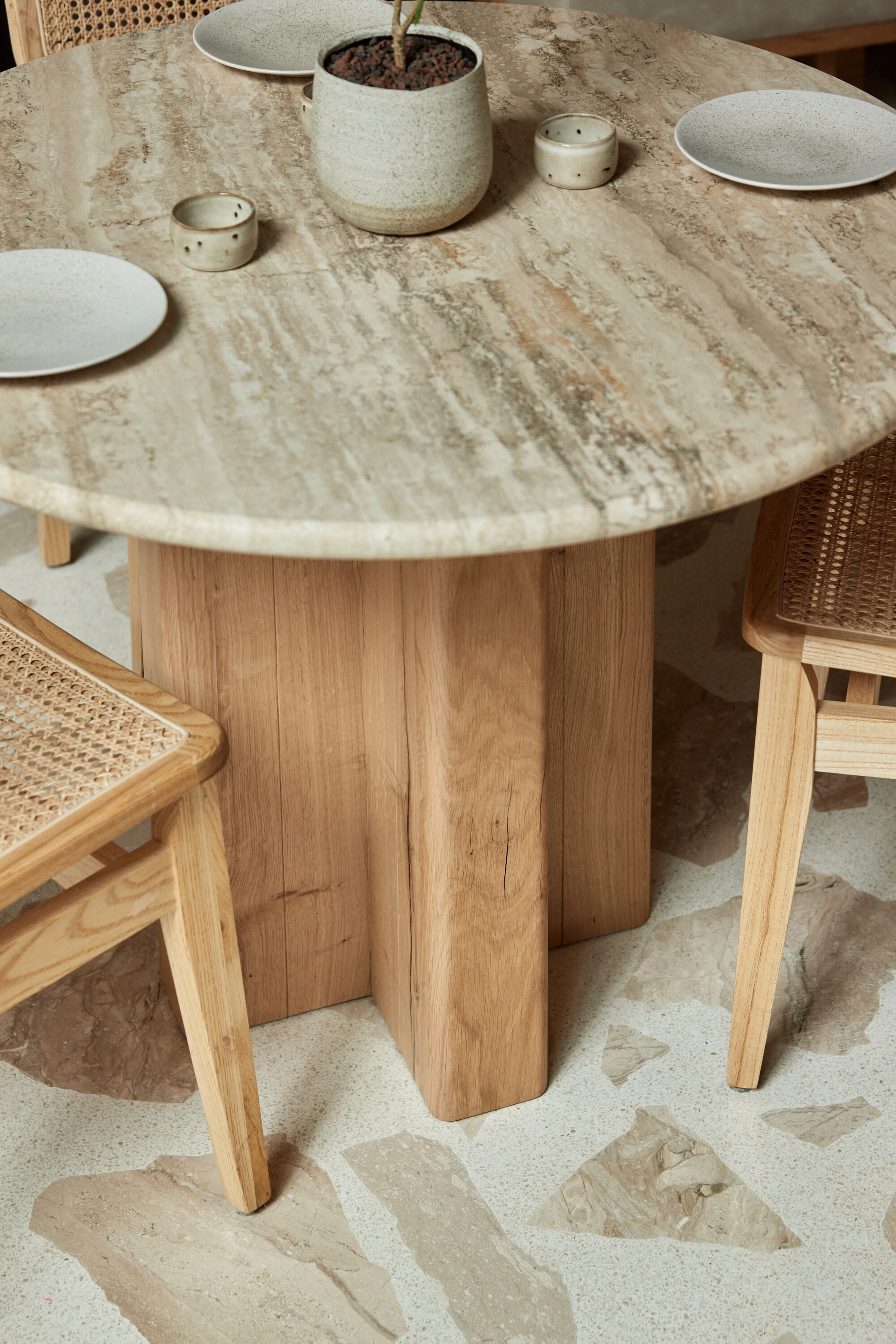
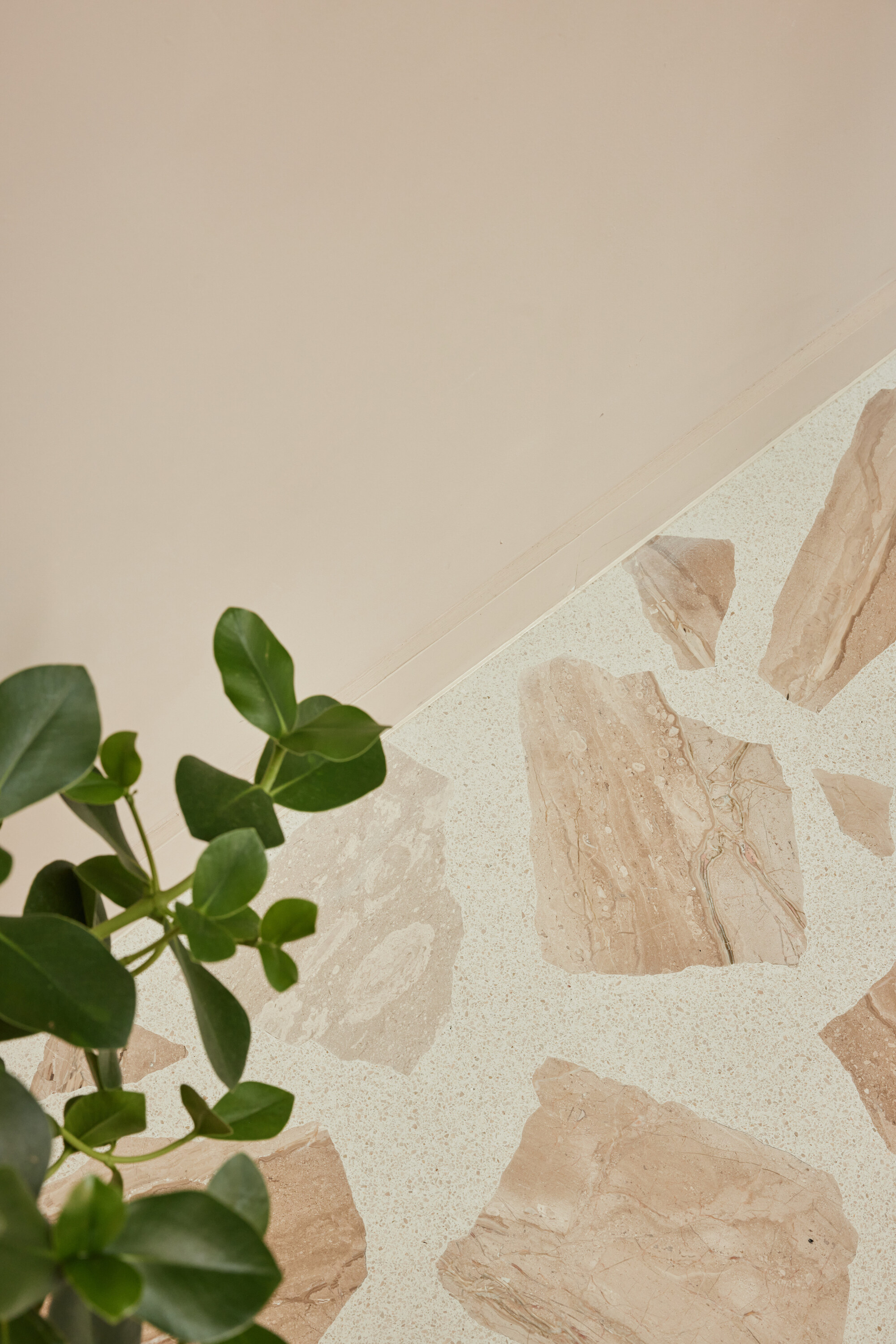
Palladiana terrazzo can also actually be quite an environmentally friendly flooring option. The raw material used typically comes from recycled materials, like irregular marble or glass cutoffs from production waste.
But Mario explains that, despite it being derived from waste reduction, "Palladiana flooring is an excellent solution for the creation of a high-quality, variegated and colorful floor. So, most of the time, when we meet this material in an existing building, we try to save it, restore it, and combine it with the rest of the elements of the project."
More than just its sustainable cred, Palladiana terrazzo introduces an incredible sense of personality to a space. There’s a real sense of craftsmanship and soul to it, says Damla. It adds texture, movement, and depth, "even when used in a very minimal space, it becomes an anchor, something that really elevates the room," she adds.

Damla Turgut is the founder and creative director of UK tile company, Otto Tiles & Design. Originally from Istanbul, Turkey, Damla was inspired by Turkey’s rich heritage of craftsmanship. In 2014, alongside her brother, she founded Otto Tiles in Istanbul, working with local artisans. A year later, Damla officially launched Otto Tiles & Design in London, bringing her distinctive vision to a global audience.
How to Style Palladiana Terrazzo
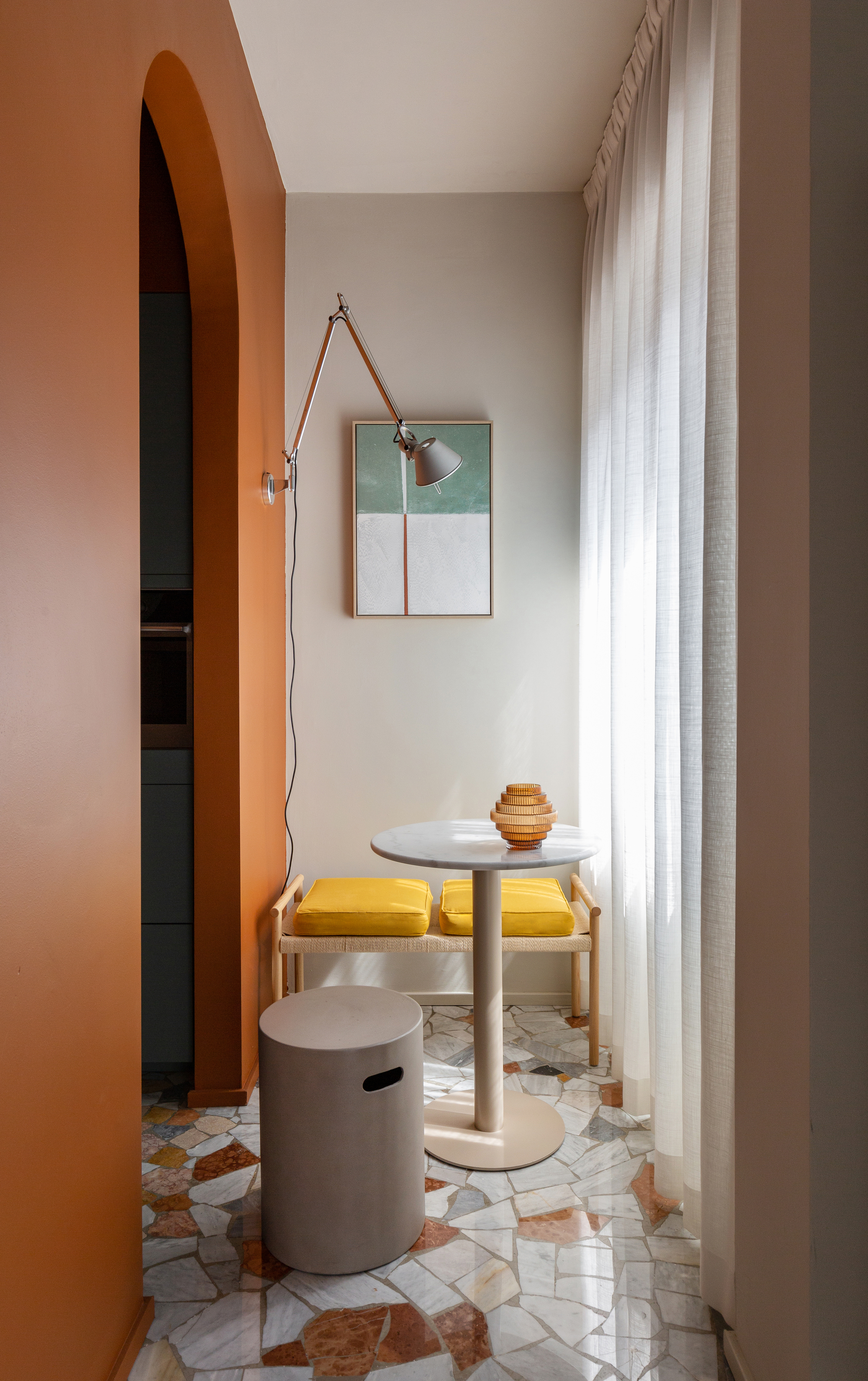
With a floor type as striking as Palladiana terrazzo, it's best to let the tile do the talking. To achieve this, Damla says it's best to "Pair it with natural materials like wood or plaster and avoid anything too busy around it."
For a softer, more timeless look, "I’d go with pale stones and muted tones," she adds. But if you want drama, darker marble with contrasting grout can be incredibly bold and elegant. Either way, it’s all creating balance in design.
"Depending on the colors and marbles used, the Palladiana flooring can be combined with other materials," adds Mario. "In the case of a multicolored Palladiana, we prefer the use of monochromatic materials (as in the case of the CASA SA project pictured above, in which we used a forest green resin)."
Often found in mid-century modern homes, particularly in living rooms, hallways, and kitchens, "nowadays I think Palladiana flooring is suitable for any room," says Mario.
"It looks amazing in larger spaces like kitchens, hallways, and open-plan living areas — anywhere it has room to breathe and really be appreciated," adds Damla. "It also works beautifully in bathrooms or even outdoors as a more flagstone paving trend-style, though you’d want to consider the finish carefully for slip resistance."
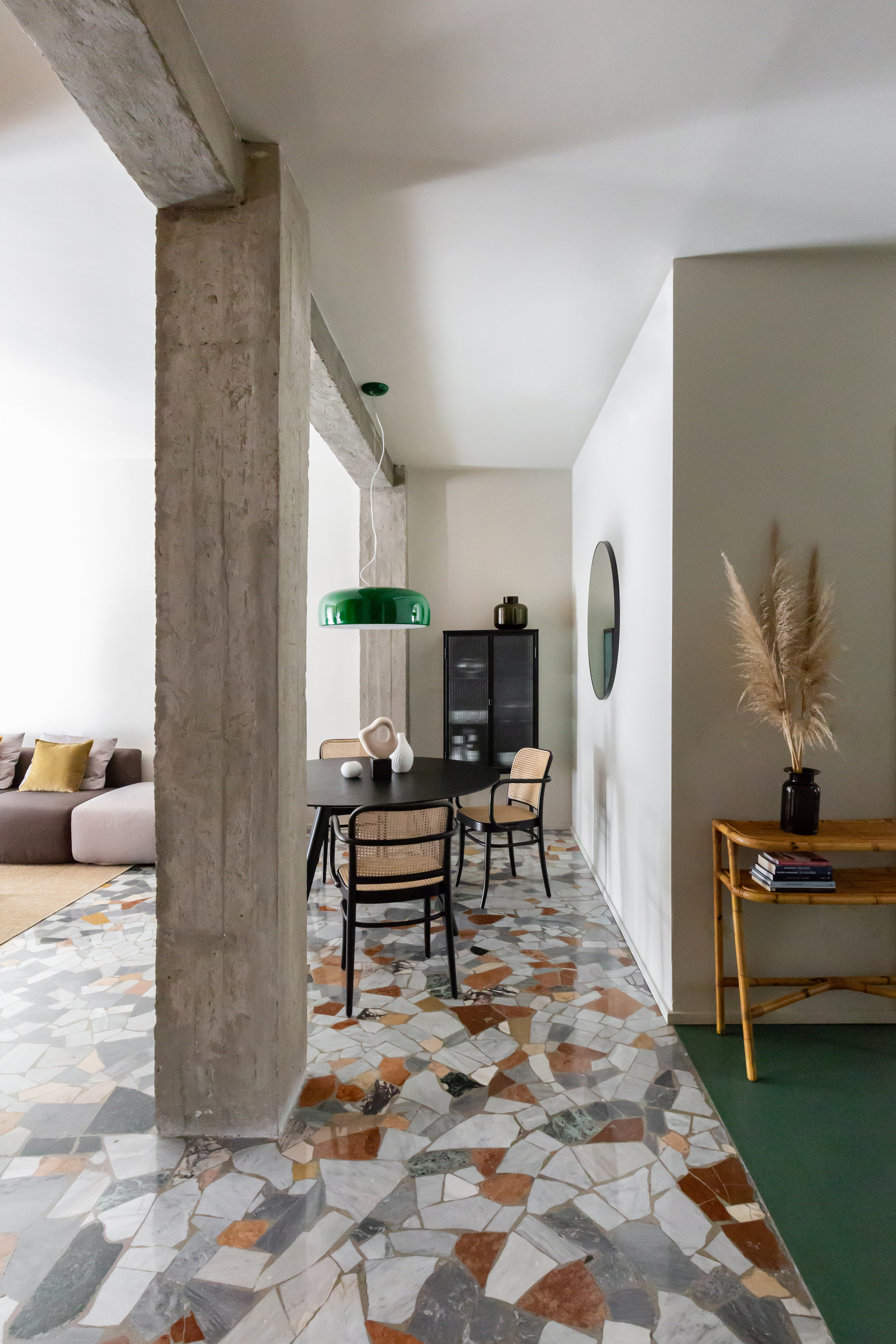
FAQs
How Is Palladiana terrazzo different to terrazzo?
With regular terrazzo, you’re working with much smaller, evenly sized marble and quartz chips that create a more uniform, speckled look.
"Palladiana, on the other hand, is freer and more expressive as it has this organic flow to it," explains Damla. "It's less refined in a polished sense, but more dramatic and sculptural."
Is Palladiana Terrazzo Durable?
Although it looks delicate and intricate, Palladiana is a durable flooring option.
"Like any terrazzo, when it’s properly installed and sealed, it’s very durable and suitable for busy areas," says Damla. That said, the larger pieces and wider grout lines can make it a little trickier to clean, so it might need just a touch more care than traditional terrazzo.
There are endless options when it comes to decorating with tiles in the home, and too often they're ignored as an option outside of the bathroom.
But styles like Palladiana terrazzo prove that tiles can be artistry, and work anywhere in the home.

Olivia Wolfe is a Design Writer at Livingetc. She recently graduated from University of the Arts London, London College of Communication with a Masters Degree in Arts and Lifestyle Journalism. In her previous experience, she has worked with multiple multimedia publications in both London and the United States covering a range of culture-related topics, with an expertise in art and design. At the weekends she can be found working on her oil paintings, reading, or antique shopping at one of London's many vintage markets.